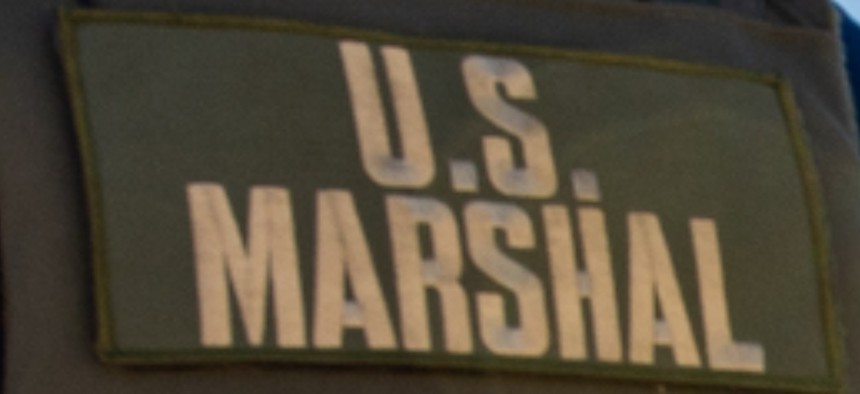A Look at Trailblazing Women at the U.S. Marshals Service Over the Years
The nation’s oldest federal law enforcement agency recently signed onto a pledge to boost female recruitment.
Earlier this fall, the U.S. Marshals Service became the first federal agency to sign onto a pledge to increase the representation of women in its workforce. While the overall numbers of women at the agency are not where officials want them to be, it has been home to some notable and barrier-breaking women at since its creation in the late 1700s.
This photo essay highlights just some of the women who worked at the agency before and after President Nixon signed an executive order in 1969 banning discrimination in the federal civilian workforce, which paved the way for more women to become federal law enforcement agents.
Phoebe Couzins:

In the late 1880s, Phoebe Couzins was one of the first female lawyers in the United States. She became the first female deputy U.S. Marshal when her father, U.S. marshal for the Eastern District of Missouri, made her one of his deputies. After her father died, she took over his role, becoming the first female U.S. Marshal, although it was a short tenure.
In the earlier years, many of the women hired at the agency were related to men there, David Turk, historian at the USMS and author of “Forging the Star: The Official Modern History of the United States Marshals Service,” told Government Executive.
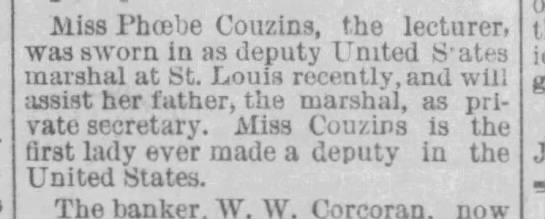
Ada Curnutt
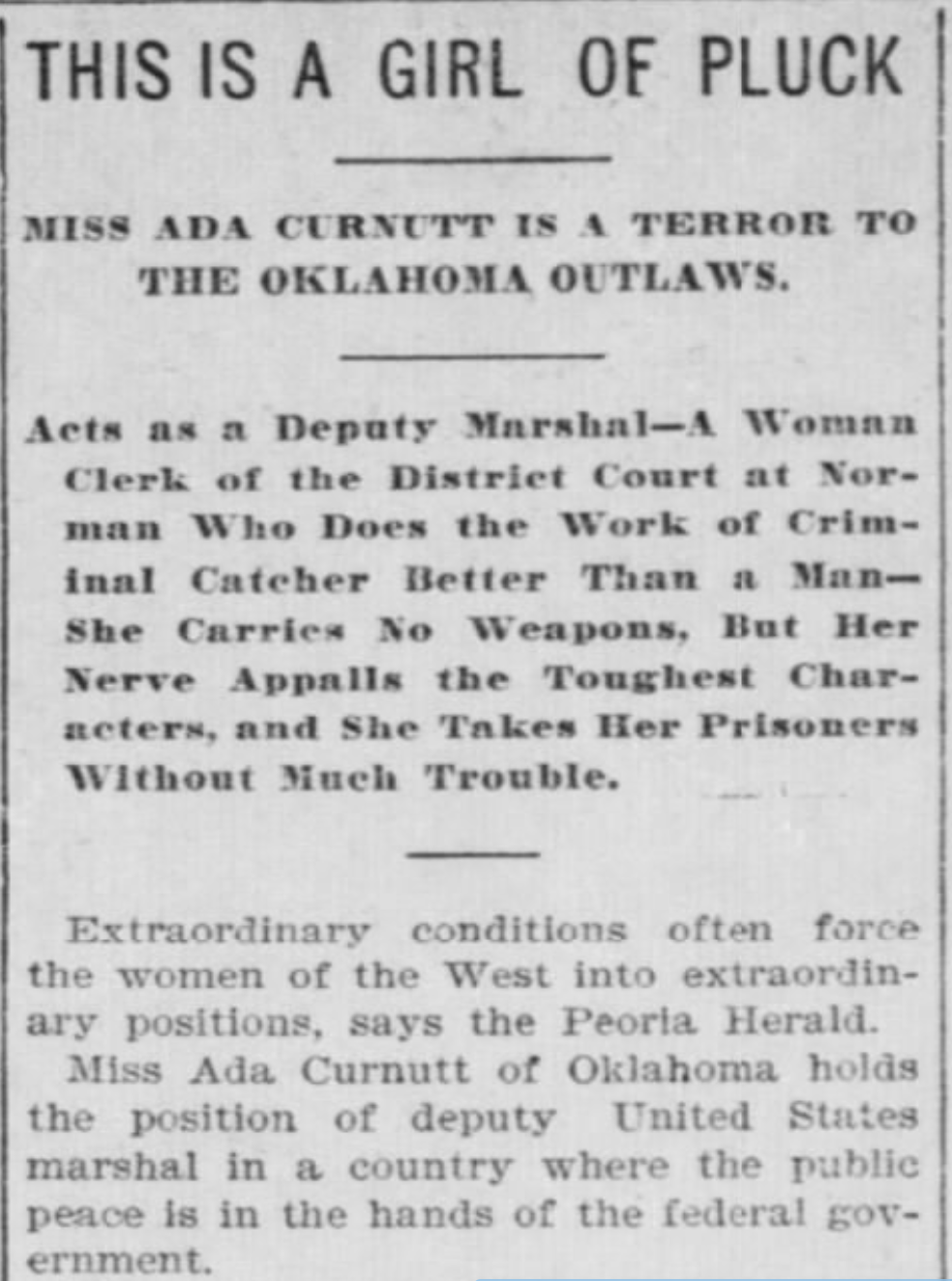
Ada Curnutt was a deputy marshal in Oklahoma in the 1890s. The Indian State Sentinel wrote a story about her in January 1894 titled, “This is a Girl of Pluck,” and it stated: Curnutt “does the work of criminal catcher better than a man—she carries no weapons, but her nerve appalls the toughest characters and she takes her prisoners without much trouble.”
Turk noted: “She was not the only female deputy at that time. Now Oklahoma was a little different than the rest of the country because they hired by need. There were a lot more females there and also there were African Americans, which you didn’t see at a lot of other places at that time.”
“There was a spate of hires between 1898 and World War I,” Turk added. During prohibition, which started in 1920, “there were more female fugitives, therefore you needed more female deputies.”
Helen Crawford
Helen Crawford was the first female chief deputy in the 1930s and “one of the first calls she ever got was to be on the lookout for Bonnie and Clyde,” Turk said.
Evaline Wahl
Evaline Wahl was in Buffalo in the late 1950s and early 1960. After the Apalachin Conference in November 1957, which was a summit of mob leaders from across the country that wound up getting raided by law enforcement, “there was a heavy mafia presence in that western New York area and she was actually one of the people who was key in opposing it and she made some key arrests,” Turk stated.
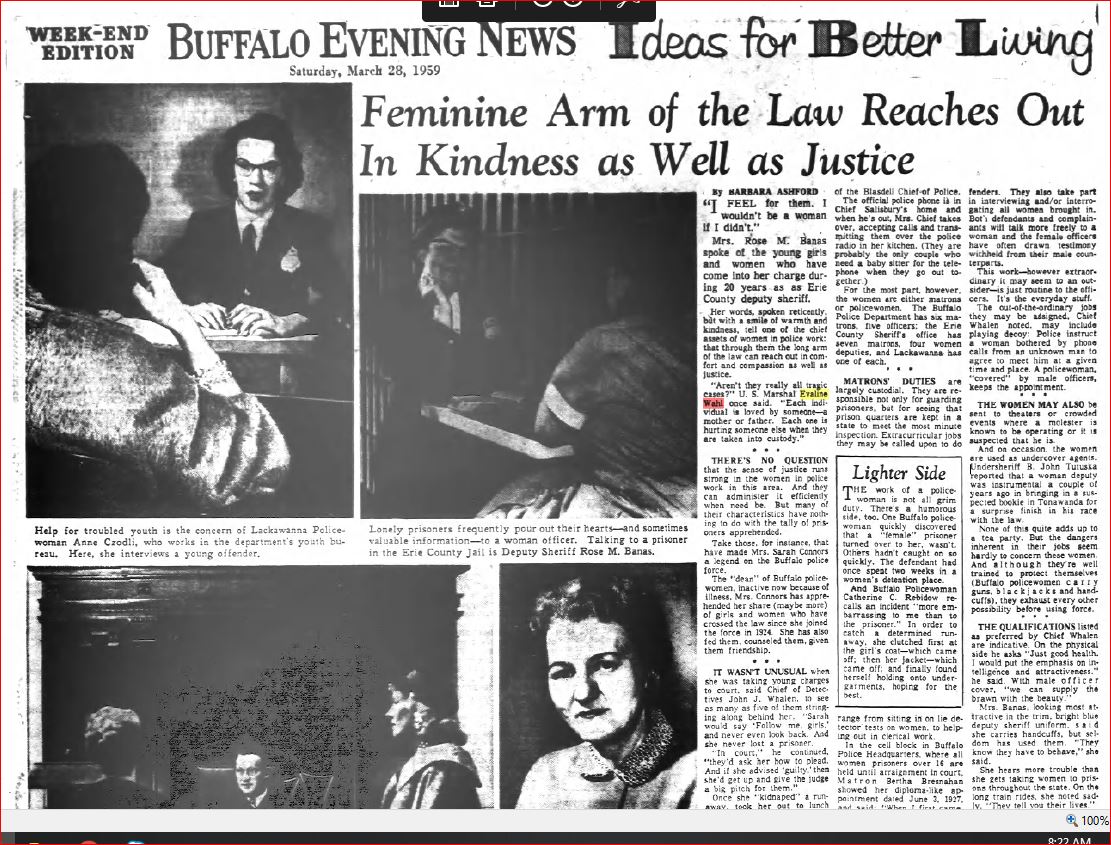
Doloris Klajbor
Klajbor was one of the agency’s first general counsels overall and she can be seen in this photo in the courtyard of the Justice Department in 1964.
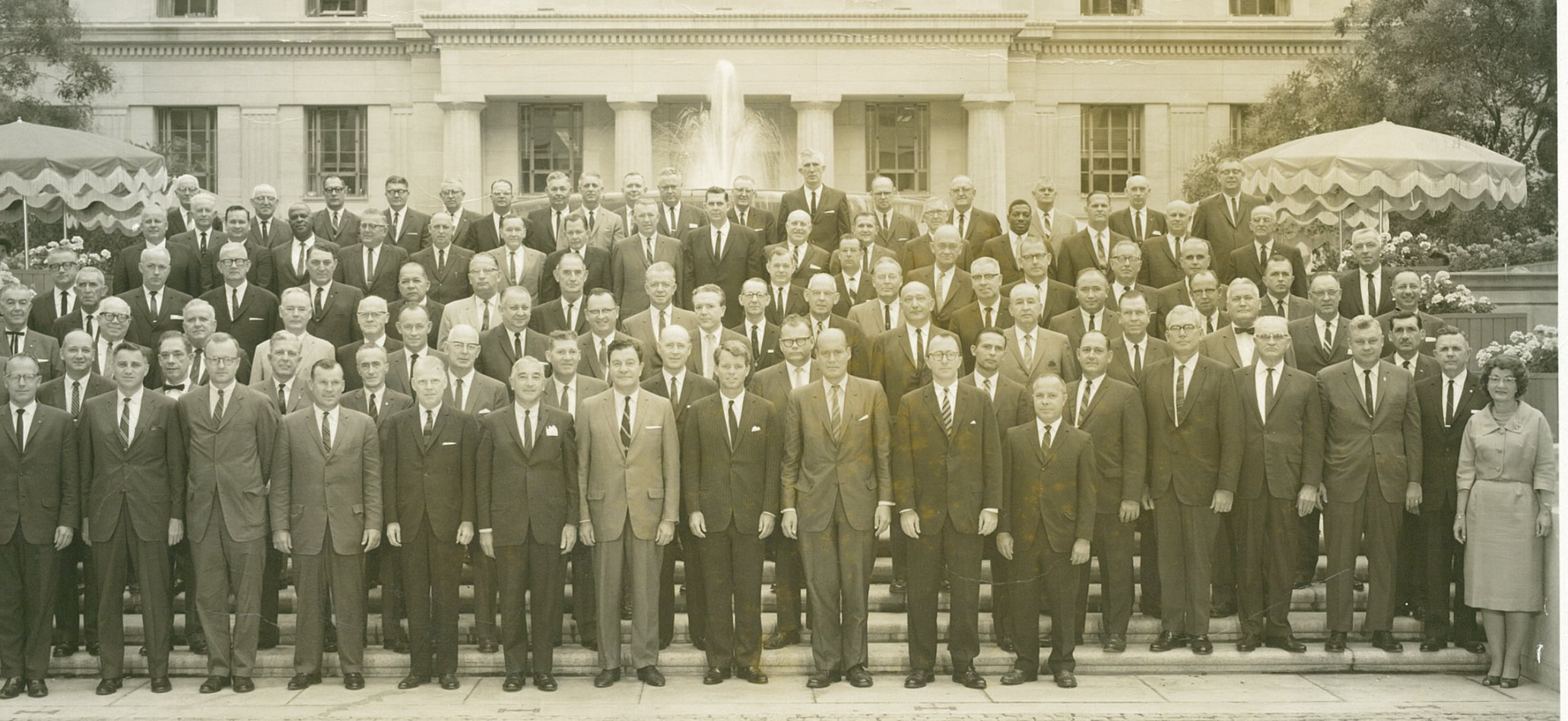
More Recent Firsts at the Agency
Stacia Hylton became the first female director of the Marshals Service in 2011 after serving 30 years at the agency. The director position is presidentially appointed and Senate confirmed.

Source: USMS Collections
In January 2013, Louise Kelton, was confirmed by the Senate to become a U.S. Marshal, making her only the second Black woman ever to hold such a role.
Lasha Boyden became the first African American acting U.S. Marshal in the Eastern District of California in February 2020.
“When I first started with the Marshals Service in Atlanta there was no one who looked like me in a chief position or even a Marshal position,” she told ABC 10. “And so I said, 'You know what? I want to be the first black female chief deputy U.S. marshal.' That was kind of like my goal and that was 17 years ago.”
Ronald Davis, director of the U.S. Marshals Service, told Government Executive that he wants to get to a place where having diverse hires is not a “shocker.” The Marshals Service is a “great agency and has a lot to offer,” he said. “But part of the greatness is not being content, and always looking for more.”


